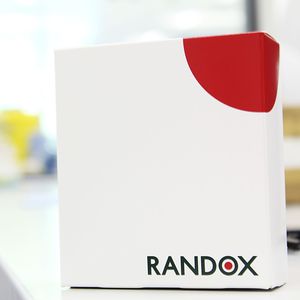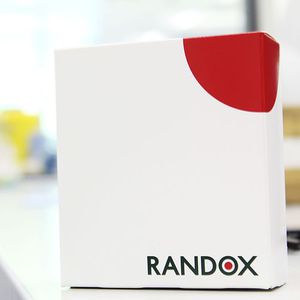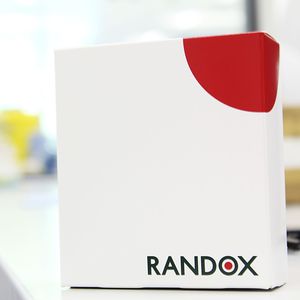
- Laboratory
- Laboratory medicine
- IgG reagent
- Randox Laboratories
- Products
- Catalogs
- News & Trends
- Exhibitions
Antibody IE7308IgGfor clinical chemistryliquid
Add to favorites
Compare this product
Characteristics
- Type
- antibody, IgG
- Applications
- for clinical chemistry
- Format
- liquid
- Tested parameter
- IgA, IgM, IgE
Description
A correlation coefficient of r=1.00 was displayed when the Randox methodology was compared against commercially available methods.
Excellent precision
The Randox IgE assay displayed a precision < 4.0% CV.
Excellent measuring range
The Randox IgE assay has a measuring range of 25 – 1000 IU/ml for the comfortable detection of clinically important results.
Liquid ready-to-use
The Randox IgE assay is available in a liquid ready-to-use format for convenience and ease-of-use.
Calibrator and controls available
Dedicated IgE calibrator and specific protein controls available for a complete testing package.
Applications available
Applications available detailing instrument-specific settings for the convenient use of the Randox IgE assay on a variety of clinical chemistry analysers.
Immunoglobulin E (IgE) is one of five classes of immunoglobulins (IgA, IgD, IgE, IgG and IgM). IgE was the last immunoglobulin to be discovered. However, since it’s discovery, vast amounts of research have been aimed at characterising its physiological and clinical significance’s. Whilst IgEs chemical structure is unique compared to the rest of the immunoglobulin family (lacks a ‘hinge’ region in the centre of the molecule and gets replaced by the C-epsilon2 domain), it has an array of physiological functions. For immunoglobulin E to fulfil its function, the Fc portion of the antibody must bind to a given cellular receptor located on certain cell types, such as eosinophil or mast cells. Whilst many an array of cellular receptors have been identified, the main ones are Fc-epsilon-RI, Fc-epsilon-II and CD23.
Catalogs
No catalogs are available for this product.
See all of Randox Laboratories‘s catalogsRelated Searches
- Randox test kit
- Randox solution reagent
- Blood assay kit
- Randox molecular biology reagent
- Randox research reagent
- Randox diagnostic reagent
- Randox protein reagent
- Randox laboratory reagent
- Immunoassay rapid diagnostic test
- Randox enzyme reagent
- Molecular test kit
- Cassette rapid diagnostic test
- Whole blood detection kit
- Respiratory infection test kit
- Randox rapid virus test
- Randox histology reagent
- Randox biochemistry reagent
- Randox rapid infectious disease test
- Randox immunoanalysis reagent
- Cassette assay kit
*Prices are pre-tax. They exclude delivery charges and customs duties and do not include additional charges for installation or activation options. Prices are indicative only and may vary by country, with changes to the cost of raw materials and exchange rates.
























































































